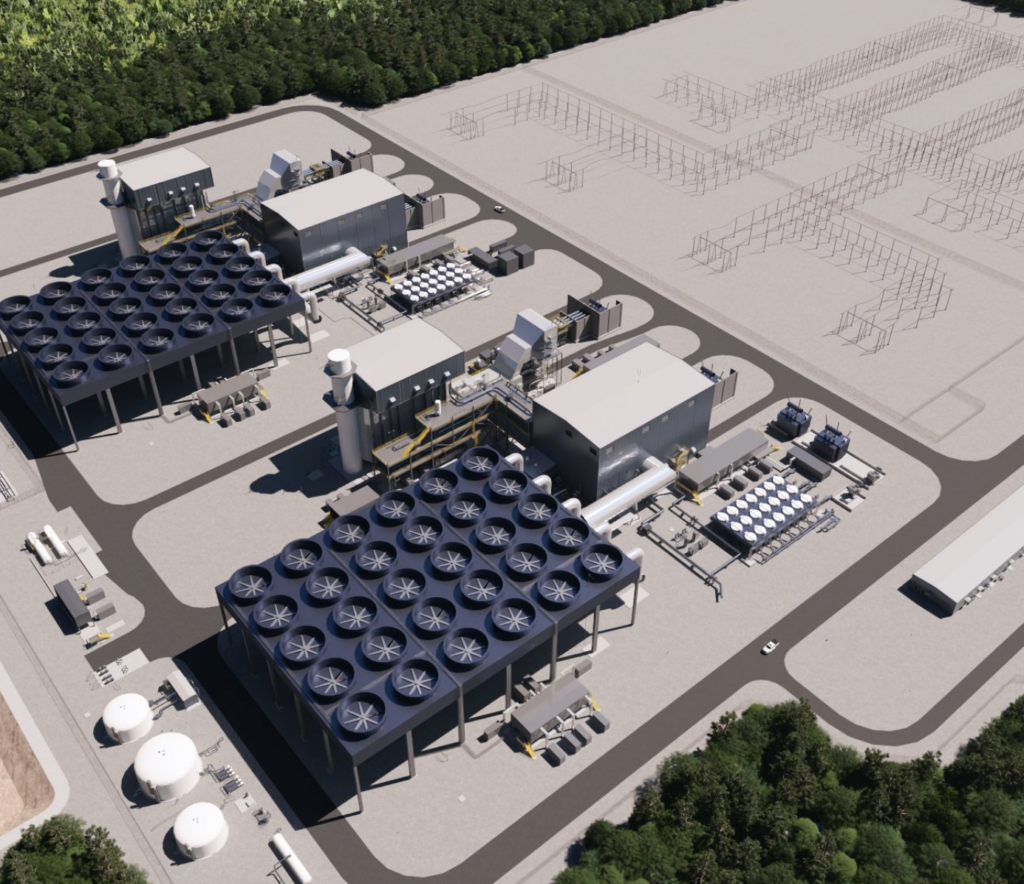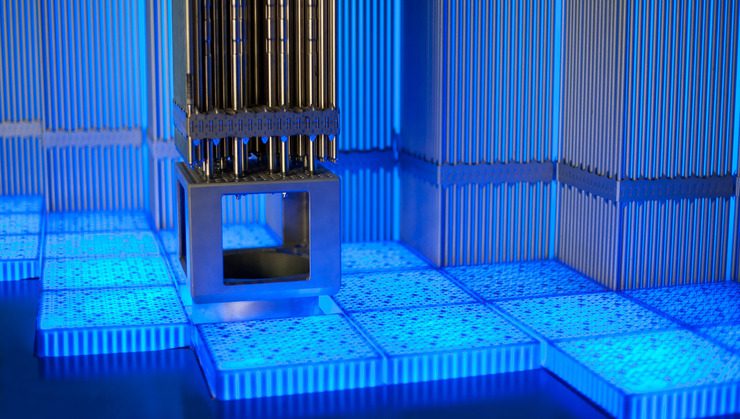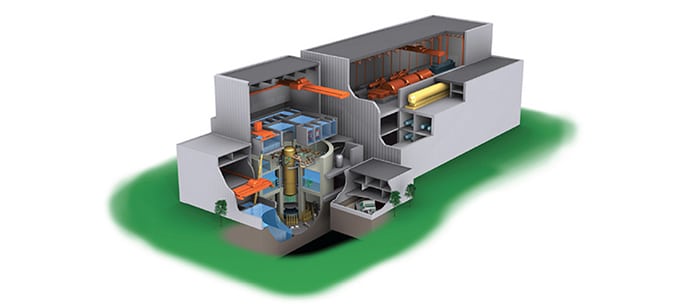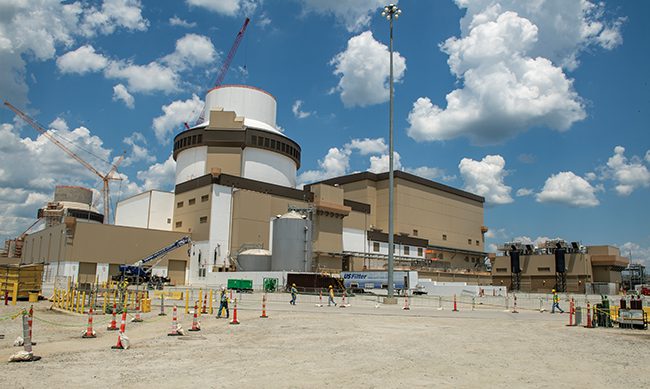The Nuclear Regulatory Commission (NRC) has given its staff the green light to license Dominion Energy’s Economic Simplified Boiling Water Reactor (ESBWR) proposed for construction at its North Anna site in Virginia. It also approved an uprate at Energy Northwest’s Columbia Generating Station in Washington.
The NRC said it authorized issuance of the combined construction and operating license (COL) for a third reactor at the North Anna site near Mineral, Va., on May 31, and that it “expects to issue the license in the next few days.”
The licensing process took a decade. Dominion submitted a COL application to build and operate a GE Hitachi Nuclear Energy ESBWR at North Anna in 2007.
In 2009, however, it announced it had not been able to enter into an engineering, procurement, and construction (EPC) agreement with GE Hitachi because the parties were unable to reach commercially acceptable terms. Dominion later selected Mitsubishi Nuclear Energy Services’ Advanced Pressurized Water Reactor as its preferred technology instead.
Then in May 2013, Dominion subsidiary Virginia Power (now known as Dominion Energy following a recent name change to reflect market evolution) said it had reached a fully negotiated EPC with GE Hitachi, which Dominion was expected to approve once the NRC issues a COL for the new unit, and if Dominion formally decides to proceed with the project.
In an e-mailed statement to POWER, Dominion Chair, President, and CEO Thomas F. Farrell, II, said the company will “continue to evaluate developments over the coming months as we determine next steps related to the timing of North Anna 3.”
Farrell said nuclear’s baseload and zero-carbon benefits made it an ideal fit for Virginia, whose governor earlier this month directed the commonwealth’s environmental quality agency to establish regulations to curb its carbon emissions from power plants via a carbon trading scheme by the end of this year.
“The company appreciates the NRC staff’s thorough review of the application and its conclusion that there is reasonable assurance that the facility will be constructed and will operate in conformance with the license, the Atomic Energy Act, and the Commission’s regulations, and that issuance of the license will not be inimical to the public health and safety or common defense and security. We also thank General Electric Hitachi, Fluor and their staff – and other government agency stakeholders – with whom we worked closely as partners on this project,” Farrell added.
A Small Leap for GE Hitachi’s ESBWR
The NRC certified the 1,600-MW ESBWR design following a commission vote in September 2014, nearly a decade after GE Hitachi filed an application for certification in 2005. The ESBWR is a Gen-III+ advanced boiling water reactor that employs true passive safety systems and a simplified design utilizing natural circulation. These attributes allow the reactor to cool itself for more than seven days without operator intervention or the need for on- or off-site power.
The North Anna ESBWR COL will be the second issued by the NRC. The regulatory body in October 2015 approved a COL for DTE Energy’s proposed Fermi 3 reactor in Michigan. However, DTE said it “has not committed to building the new plant, but will keep the option open for long-term planning purposes.”
For an in-depth look at the history and significance of the ESBWR, see “The Evolution of the ESBWR” in POWER’s November 2010 issue.
Uprate Approval for Columbia Generating Station
On May 31, meanwhile, the NRC also approved a request by Energy Northwest to increase the generating capacity of Columbia Generating Station in Washington state by 1.7%. The power uprate will increase the reactor’s generating capacity from approximately 1,190 MWe to 1,210 MWe.
The nuclear plant entered its 23rd refueling and maintenance outage on May 13. The measurement uncertainty recapture power uprate will be conducted during the 40-day outage. “A new low pressure turbine rotor will be installed as part of Columbia’s turbine life-cycle plan, a multi-year, $32 million project to refurbish the three low pressure turbines to satisfy the plant’s license extension to 2043,” Energy Northwest said in a statement earlier this month. Columbia will also replace 272 of its 764 nuclear fuel assemblies and correct four fuel defects in the core during the outage.
“In all, about 1,450 work orders involving more than 10,300 tasks will need to be completed during the 40-day outage. The total budget for the outage is approximately $135 million ($60 million for operations and maintenance, and $75 million for capital investments),” the company said. More than 1,350 outage workers are expected to support the projects.
—Sonal Patel is a POWER associate editor (@sonalcpatel, @POWERmagazine)














